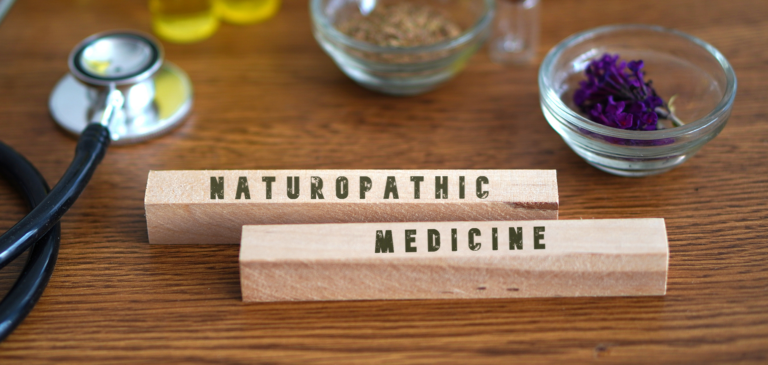General Wellness
Survey wellness solutions designed to support daily function and healthspan.
Sarah Clarke, DC, IFMCP
(55 min listen)
Strategies for Motivating Patients Towards Optimal Health
Daina Parent, ND
(45 min listen)
Exploring Naturopathic Medicine: A Patient-Centered Root-Cause Approach to Whole Person Health
Marisa Marciano, ND, RH
(3 min read)
Herbal Terminology: Understanding Herb Actions and Key Terms
Nancy Morrow, MS
(5 min read)
The Wholistic Approach to Balance Blood Glucose Levels
Chelsea Alves
(5 min read)
The Comprehensive A to Z Nutrition Alphabet Guide
Keri Barron, PhD
(4 min read)
Understanding Electrolytes
Keri Barron, PhD
(4 min read)
Whole Food Support for Thyroid Health
Keri Barron, PhD
(2 min read)
Top Chronic Conditions in the United States
WholisticMatters
(2 min read)
What's in a Name? Alternative, Complementary, and Integrative Health
WholisticMatters
(01:13 min watch)
What is WholisticMatters?
Sarah Clarke, DC, IFMCP
(55 min listen)
Strategies for Motivating Patients Towards Optimal Health
Daina Parent, ND
(45 min listen)
Exploring Naturopathic Medicine: A Patient-Centered Root-Cause Approach to Whole Person Health
Marisa Marciano, ND, RH
(3 min read)
Herbal Terminology: Understanding Herb Actions and Key Terms
Nancy Morrow, MS
(5 min read)
The Wholistic Approach to Balance Blood Glucose Levels
Chelsea Alves
(5 min read)
The Comprehensive A to Z Nutrition Alphabet Guide
Keri Barron, PhD
(4 min read)
Understanding Electrolytes








